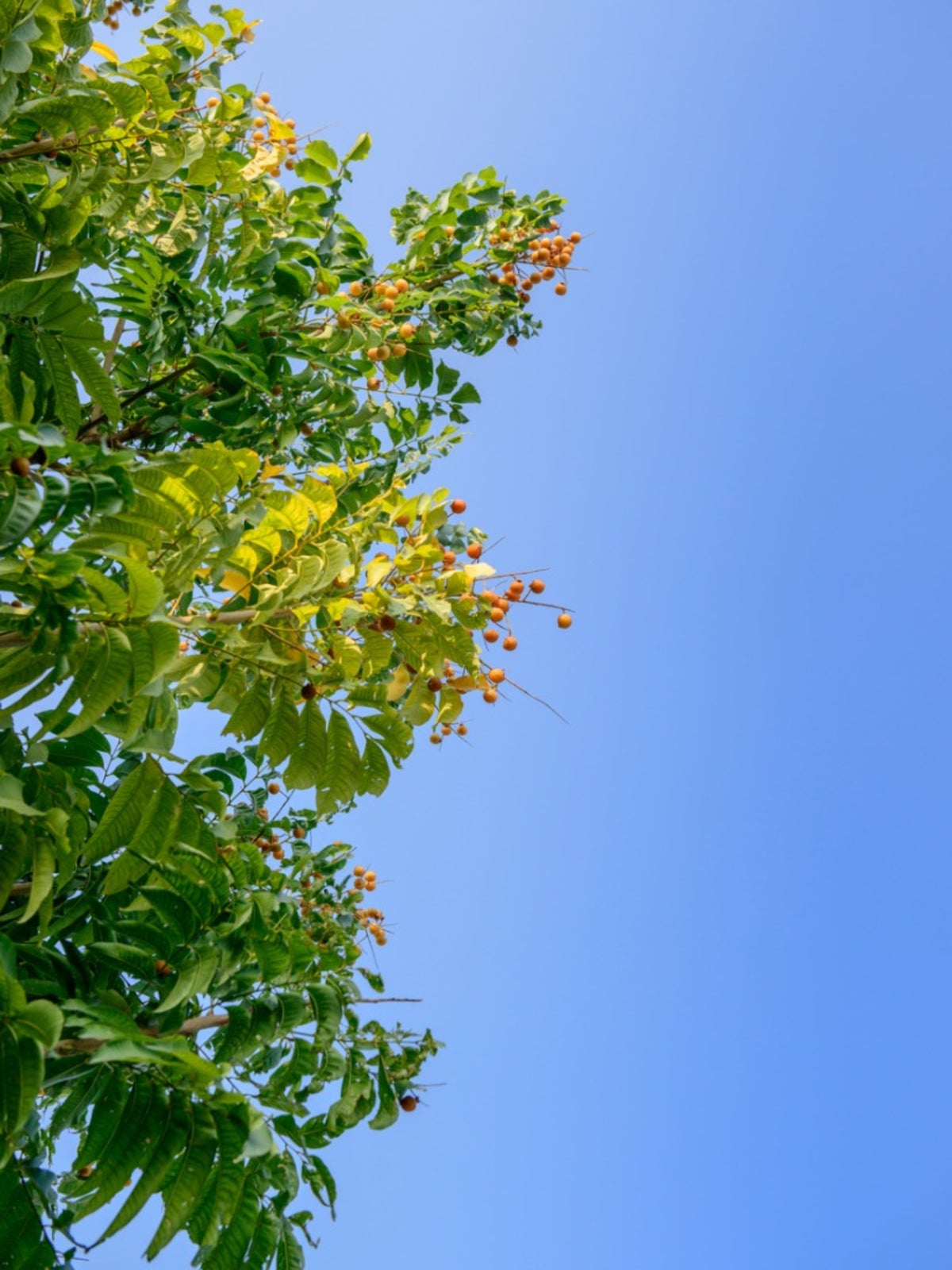Wampi Plant Care – Growing An Indian Swamp Plant In Gardens


It is interesting that Clausena lansium is known as the Indian swamp plant, since it is actually native to China and temperate Asia and was introduced to India. The plants are not widely known in India but they do grow well in the country's climate. What is a wampi plant? Wampi is a relative of citrus and produces small, oval fruits with tangy flesh. This small tree may not be hardy in your USDA zone, as it is only suitable for hot, humid climates. Finding fruit at local Asian produce centers may be your best bet for tasting the juicy fruits.
What is a Wampi Plant?
Wampi fruit have a high amount of Vitamin C, just like their citrus cousins. The plant was used traditionally as a medicinal but new Indian wampi plant info indicates it has modern applications to help sufferers of Parkinson's, bronchitis, diabetes, hepatitis, and trichomoniasis. There are even studies related to its effectiveness in assisting in the treatment of some cancers. The jury is still out, but wampi plants are shaping up to be interesting and useful foods. Whether you have a lab in your backyard or not, growing wampi plants brings something new and unique into your landscape and allows you to share this wonderful fruit with others. Clausena lansium is a small tree that achieves only around 20 feet (6 m.) in height. Leaves are evergreen, resinous, compound, alternate, and grow 4 to 7 inches (10 to 18 cm.) long. The form has arching upright branches and gray, warty bark. Flowers are scented, white to yellow-green, ½ inch (1.5 cm.) wide, and carried in panicles. These give way to fruits that hang in clusters. The fruits are round to oval with pale ridges along the sides and may be up to an inch (2.5 cm.) long. The rind is brownish yellow, bumpy, and slightly hairy and contains many resin glands. The interior flesh is juicy, similar to a grape, and embraced by a large seed.
Indian Wampi Plant Info
Wampi trees are native to southern China and the northern and central areas of Vietnam. Fruits were brought to India by Chinese immigrants and they have been in cultivation there since the 1800s. Trees flower in February and April in the ranges they are found, such as Sri Lanka and peninsular India. Fruits are ready from May through July. The flavor of the fruit is said to be quite tart with sweet notes towards the end. Some plants produce a more acidic fruit while others have sweeter fleshed wampis. The Chinese described the fruits as sour jujubee or white chicken heart among other designations. There were once eight varieties commonly grown in Asia but today only a few are commercially available.
Wampi Plant Care
Interestingly, wampis are easy to grow from seed, which germinates in days. A more common method is grafting. The Indian swamp plant doesn't fare well in regions that are too dry and where temperatures may fall below 20 degrees Fahrenheit (-6 C.). These trees are tolerant of a wide range of soils but prefer rich loam. Soil should be fertile and well-draining and supplemental water needs to be given in hot periods. The trees tend to need magnesium and zinc when grown in limestone soils. Most wampi plant care encompasses watering and annual fertilizing. Pruning is necessary only to remove dead wood or increase sunlight to ripen fruit. Trees need some training when young to establish a good scaffold and keep fruiting branches easy to reach. Wampi trees make a one of a kind addition to the edible tropical to the sub-tropical garden. They certainly are worth growing, for fun and food.
Gardening tips, videos, info and more delivered right to your inbox!
Sign up for the Gardening Know How newsletter today and receive a free copy of our e-book "How to Grow Delicious Tomatoes".

Bonnie Grant is a professional landscaper with a Certification in Urban Gardening. She has been gardening and writing for 15 years. A former professional chef, she has a passion for edible landscaping.
-
 8 Perfect Flowers To Plant With Tomatoes To Boost Yields & Banish Pests
8 Perfect Flowers To Plant With Tomatoes To Boost Yields & Banish PestsDon’t forget flowers when choosing companion plants for your tomato beds or pots. These pretty, fragrant flowers add beauty but are also highly beneficial.
By Mary Ellen Ellis
-
 Want The Longest Lasting Hydrangea Flowers? Grow These 8 Panicle Hydrangea Varieties
Want The Longest Lasting Hydrangea Flowers? Grow These 8 Panicle Hydrangea VarietiesFor ornamental shrubs that deliver the longest flowering seasons with plush blooms and delicate hues, these panicle hydrangea varieties are essential in your yard
By Tonya Barnett